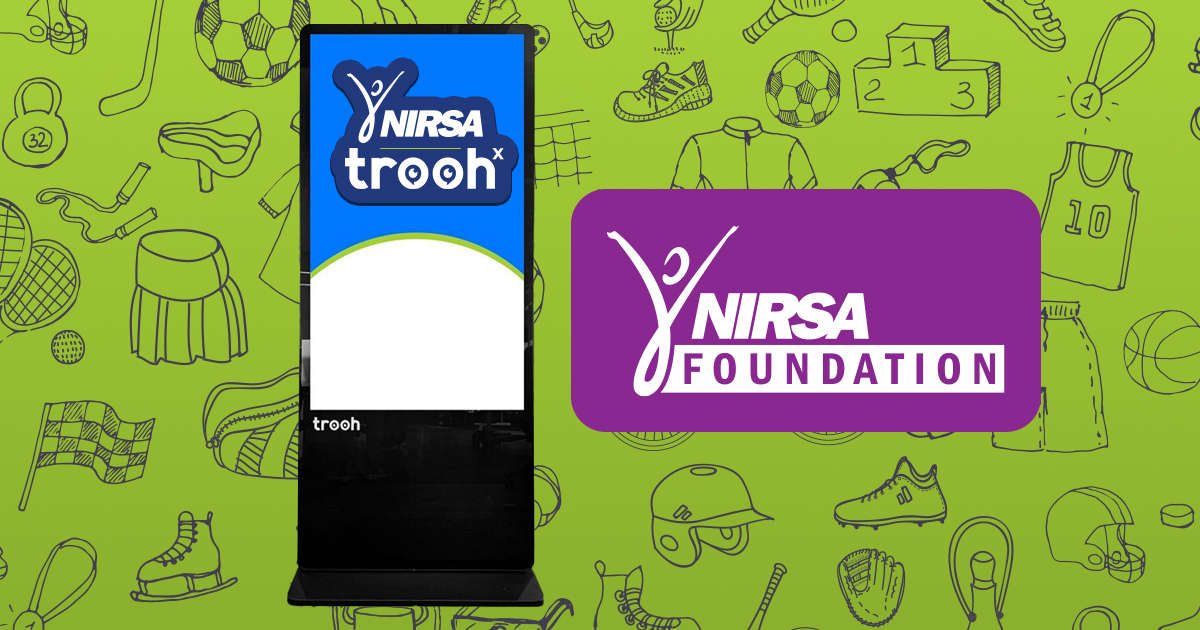“The demand for student wellness is greater and more complex than ever,” Colleen McKenna, principal at CannonDesign, said during a September 21 webinar. “The next generation is already blurring the lines between reactive and preventative care.”
In the free webinar “The Wellness HORIZON Line: How Collegiate Rec, Wellness and Student Health are Evolving to Shape Brighter Futures,” Colleen and Roland Lemke, AIA, LEEP AP, also a principal at CannonDesign, described trends they’re seeing in their work with higher ed institutions looking to integrate wellbeing services across their campuses.
They discussed a few inspiring alternatives to the traditional campus models of health, counseling, recreation, and more. If you’re curious about the evolution of wellbeing within higher education facilities, register for the recorded content, which is free to NIRSA members and nonmembers. The webinar recording is available in NIRSA Connect for 60 days.
Students are driving change in health and wellbeing trends
Students are dealing with more pressure than ever from academic stress, food and financial insecurities, and diminished physical movement as a result of the pandemic. A worrisome trend, Colleen reported that fewer students are using campus health services since the start of the pandemic, and 95% of college counselors report mental health concerns are on the rise.
That points to an increasing demand for student health and wellbeing services but an issue with access. This has led to a trend of merging preventative care services with traditional recreation programs—what Colleen called “one-stop shopping” for student health care needs: recreation, health services, wellness education, and counseling.
In the webinar, Colleen and Roland described rising trends in student recreation, counseling, and health services. They’re seeing a demand for more comfortable and welcoming medical environments, tele-counseling services, outdoor exercise pursuits, and more. Quiet, reflective spaces—like yoga studios, demonstration kitchens, and tea rooms—are also becoming more popular.
Facility examples of integrated wellbeing
Showing example floor plans, facility photos, and graphic design elements of recent projects, Colleen and Roland explored a continuum of wellbeing integration. Some campuses focused more on recreation, some more on health, and some developed an inspiring balance creating that “one-stop-shop” for student wellbeing services:
- University of North Carolina-Charlotte’s new University Recreation Center demonstrates a more traditional rec center model, elevating and expanding rec services for students. “They really wove in the goal of student health and wellbeing throughout the facility,” Colleen said, noting written goals and aspirations from students “became part of the environmental graphics of the entire building.”
- Georgia College & State University’s Student Wellness and Recreation Center showcases a holistic approach to student wellbeing, bringing health services, counseling, athletics, and recreation all under one roof. Previously, they were four different areas based across campus, which the institution felt didn’t meet student needs.
- Harper College’s Wellness and Recreation Center “is kind of the ultimate in being integrated and balanced,” Roland described. The college came together with the local parks department and a regional healthcare provider to build mix of dedicated and shared spaces for athletics, academics, recreation, and health all in one building. With a truly dedicated student health center that’s also open to the community, students in the college’s nursing, athletic training, and physical therapy programs conduct much of their practice experience right in the facility.
- University of South Florida created a new Student Health and Wellness Center dedicated to physical, behavioral, and mental health services adjacent to the campus’s recreation and healthy dining facilities. While this is a more health-focused example, Roland noted it “helped anchor a student health and wellbeing precinct on the campus.”
- University of Florida’s Student Health Center focused on health services in operation and incorporated wellness and nutrition education programs for students and staff. The facility is also WELL certified, which Roland cited as a relevant design certification for campus facilities that focus on student recreation and wellbeing.
Learn more about integrated wellbeing trends in higher ed and explore photos of the facilities above by watching the webinar recording today.
About CannonDesign
CannonDesign has been an associate member of NIRSA for more than 20 years and a supporting partner of the Association since 2019. Through Living-Centered Design, CannonDesign has been helping people continuously flourish since its founding in 1945. Inspired by the best attributes of human-centered and systems-based design methods, their work addresses challenges through the lens of the broader ecosystems they exist within—helping organizations and communities realize more impactful, systemic change.
Kelley Hungerford is currently the Assistant Director of Expo & Corporate Relations at NIRSA.








